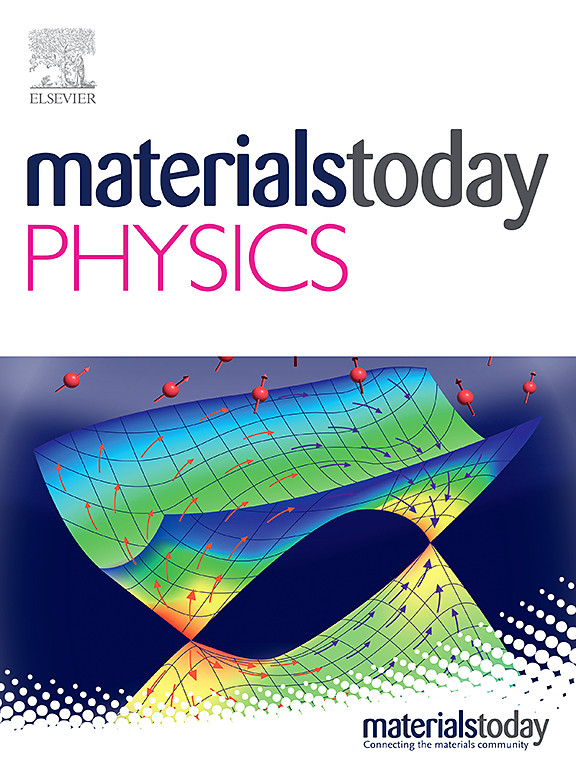Data-driven design of thermal-mechanical multifunctional metamaterials
IF 10
2区 材料科学
Q1 MATERIALS SCIENCE, MULTIDISCIPLINARY
引用次数: 0
Abstract
Achieving effective control of thermal and mechanical distributions has been a long-standing goal, and metamaterials have emerged as a crucial tool for customizing functional structures to manipulate these physical fields. However, existing design paradigms do not apply to thermal-mechanical metamaterials that operate on thermal and mechanical fields simultaneously and independently. First, Due to the different geometric requirements imposed by the thermal and mechanical fields on the unit cells, there is a conflict between functional coupling and design coupling, which limits the design of thermal-mechanical metamaterials. Second, the fact that continuum mechanical equations do not remain invariant under general coordinate transformations hinders the application of conventional theories. Additionally, balancing minimal design costs, manufacturability, and optimal functionality remains a significant challenge. Here, we propose a global data-driven design method using Bayesian hyperparameter optimization. This method creates thermal-mechanical metamaterials from a large, pre-computed unit cell database. Our flexible method allows designing thermal-mechanical metamaterials with various functional combinations (e.g., cloaks, concentrators, and rotators) and shapes. Compared to traditional solutions, this approach balances manufacturability and functionality while offering unparalleled universality and low design costs. Experimental measurements validate the effectiveness of our method. Our approach can rapidly respond to new design scenarios and address design challenges related to the multi-physical effects.
数据驱动的热机械多功能超材料设计
实现对热分布和机械分布的有效控制是一个长期目标,超材料已成为定制功能结构以操纵这些物理场的重要工具。然而,现有的设计范式并不适用于同时独立控制热场和机械场的热-机械超材料。首先,由于热场和机械场对单元单元的几何要求不同,功能耦合与设计耦合之间存在冲突,从而限制了热-机械超材料的设计。其次,连续机械方程在一般坐标变换下并不保持不变,这阻碍了传统理论的应用。此外,如何在最低设计成本、可制造性和最佳功能性之间取得平衡仍是一项重大挑战。在此,我们提出了一种使用贝叶斯超参数优化的全局数据驱动设计方法。这种方法可从预先计算的大型单元格数据库中创建热机械超材料。我们的方法非常灵活,可以设计出具有各种功能组合(如斗篷、聚光器和旋转器)和形状的热机械超材料。与传统解决方案相比,这种方法兼顾了可制造性和功能性,同时具有无与伦比的通用性和低设计成本。实验测量验证了我们方法的有效性。我们的方法可以快速应对新的设计方案,并解决与多重物理效应相关的设计难题。
本文章由计算机程序翻译,如有差异,请以英文原文为准。
求助全文
约1分钟内获得全文
求助全文
来源期刊

Materials Today Physics
Materials Science-General Materials Science
CiteScore
14.00
自引率
7.80%
发文量
284
审稿时长
15 days
期刊介绍:
Materials Today Physics is a multi-disciplinary journal focused on the physics of materials, encompassing both the physical properties and materials synthesis. Operating at the interface of physics and materials science, this journal covers one of the largest and most dynamic fields within physical science. The forefront research in materials physics is driving advancements in new materials, uncovering new physics, and fostering novel applications at an unprecedented pace.
 求助内容:
求助内容: 应助结果提醒方式:
应助结果提醒方式:


